So what makes a good preschool program?
1. A school with teachers that treat each student with respect, and understands and appreciates the uniqueness of each child.
Keeping a watchful eye while a child builds with blocks
Allowing the child to experiment
2. A school whose biggest asset are the teachers because they teach with intention and purpose.
Sorting Shoes according to shoe closures: laces, velcro, zipper, elastic
3. A school with a principal/director who knows how to manage resources–teachers, materials, facilities, and parents. The principal has the responsibility to hire and retain teachers.
This is the very basic; the core of a good school.
Once you have a list of schools that have all these qualities, then you can look at the program.
Where do you think your child will learn more and thrive?
In a child-centered program– Play-based, Project-Based, Bank Street, Reggio Emelia?
Or a teacher-directed program? –think elementary school program but for little children, individual desks in rows, scheduled classes in reading, writing, math
Does your child learn best by sitting on a chair reading quietly (Look for a more structured class that offers more teacher direction),
Or does he need to be move around and be active every few minutes? (Explore schools that allow children to move freely around the classroom)
Then, take into consideration your own goals.
Do you want your child to learn another language? (You need a language immersion program)
After careful research, you should be able to find a good school with little to no compromise needed.
My advice as a parent of young children myself: provide an environment that teaches life skills.
Preschool is the perfect opportunity for children to learn how to share, negotiate, explore, question, and experiment. I discovered that the older children get, the less tolerant they are of their peers who do not know how to be a team player.


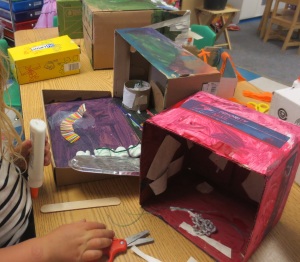

 Rolling plastic eggs down a ramp
Rolling plastic eggs down a ramp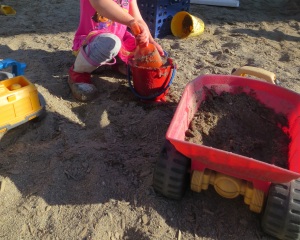 Scooping sand to a bucket and then transferring to a waiting dump truck
Scooping sand to a bucket and then transferring to a waiting dump truck Observational Drawing: Vegetables from the Farmer’s Market
Observational Drawing: Vegetables from the Farmer’s Market Making Healthy Choices Project: Grains, Fruits, Vegetables, Protein, Dairy
Making Healthy Choices Project: Grains, Fruits, Vegetables, Protein, Dairy
 A quick and simple project made after school
A quick and simple project made after school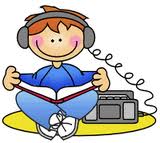
 The story in our CD deck
The story in our CD deck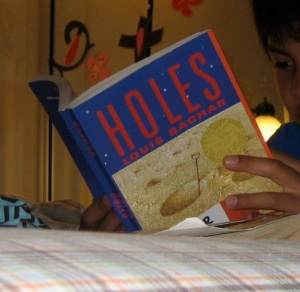
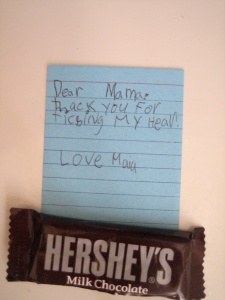 My daughter’s writing at 4
My daughter’s writing at 4 At 5, an advertisement my daughter wrote to teach reading
At 5, an advertisement my daughter wrote to teach reading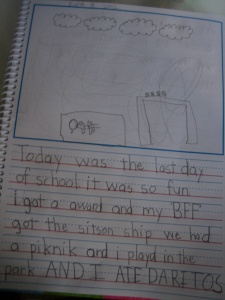 At the end of Kindergarten (almost 6)
At the end of Kindergarten (almost 6) Happily doing a project together
Happily doing a project together






